- Product
- Solution for
For Your Industry
- Plans & Pricing
- Company
- Resources
For Your Industry
In today’s hyper-competitive eCommerce environment, being in the know about your competitors’ strategies isn’t just a bonus—it’s a necessity. Among the many facets of competitive analysis, one often underutilized yet extremely powerful area is product assortment benchmarking.
Understanding what products your competitors sell, how those assortments change over time, and how they compare to yours can directly influence your pricing, stocking, marketing, and even your long-term positioning. In this guide, we’ll explore the role of competitor assortment analysis, the insights it can unlock, and how you can overcome the challenges of tracking dynamic, ever-evolving inventories.

Product assortment—also known as a merchandise mix—refers to the selection of products a retailer offers. It encompasses two critical dimensions: depth and breadth.
Depth: The number of variations available within a single category. For example, if you sell t-shirts, a deep assortment would offer multiple sizes, colors, designs, or brands.
Breadth: The number of distinct product categories you offer. A retailer with wide breadth might sell electronics, fashion, and home goods, while a narrow one might specialize in only consumer tech.
Additionally, product variety is a term often used interchangeably, describing the combination of both depth and breadth.
Finding the optimal balance for your assortment is key—between what your customers demand and what your operations and brand can sustain. But in eCommerce, focusing solely on internal assortment planning is no longer enough.
To truly compete and grow, you need to monitor what your competitors are doing just as closely as what you’re offering.
Benchmarking your product assortment against your competitors’ means going beyond your own sales data to see the full picture of the market landscape. This gives you strategic clarity on where you stand—and how you can get ahead.
Here are the major benefits of competitor assortment tracking:
By analyzing competitor assortments, you gain insight into their positioning strategy—and by extension, your own. Are your competitors focusing on premium offerings while you cater to budget shoppers? Are they launching exclusive SKUs or bundling products in creative ways?
This helps you answer key questions:
Are we overextending into crowded categories?
Are there niche opportunities we’re overlooking?
Is our assortment aligned with our pricing and brand promise?
One of the most actionable insights you can gain from assortment tracking is what’s missing—on both sides.
If your competitors carry trending products you don’t, that signals a potential lost revenue stream. On the flip side, if you carry items they don’t, this could be a pricing power opportunity, where you raise margins without sacrificing competitiveness.
Think of this process like a Venn diagram:
What products do both you and your competitors carry?
What’s unique to them?
What’s unique to you?
That overlap—and lack thereof—is your roadmap for action.
Assortment and pricing are deeply connected. It’s not just about what’s being sold, but at what price—and in what context.
For example, a competitor may:
Bundle products to shift pricing perception
Use loss leaders in high-traffic categories
Apply dynamic pricing that adjusts based on inventory levels, demand, or seasonality
By tracking their assortments alongside prices, you gain a better understanding of value positioning and can adjust your pricing models accordingly. This protects your margins while ensuring competitiveness.
If you’re a category manager or pricing analyst, assortment intelligence supports better decisions across:
Product lifecycle planning
Supplier negotiations
Seasonal rollouts
Channel-specific offerings (marketplace vs DTC, etc.)
With competitor data in hand, you’re not just reacting—you’re strategically steering your categories to outperform the market.
If you’ve ever tried to manually review your competitors’ websites, you know the process can quickly become frustrating. Here are the most common barriers businesses face—and how to solve them.
Competitor sites often show different assortments depending on:
Customer location
Device type
Login status (especially for B2B portals or memberships)
Stock availability by region
Manual monitoring quickly hits a wall here. To overcome this:
Use residential proxies to simulate browsing from different locations
Adopt web scraping tools that can handle dynamic content
Consider using competitive intelligence platforms like tgndata that automate the process and deliver cleaned, structured data
Assortments shift all the time:
Seasonal introductions
Limited editions
Promotional SKUs
Product discontinuations
In some categories (e.g., fashion or consumer electronics), these changes occur weekly or even daily. Relying on quarterly manual checks means you’re already out of date.
The solution? Automated and frequent tracking, customized to your market:
Daily or weekly updates for fast-moving categories
Monthly snapshots for slower verticals
Platforms like tgndata support custom frequency monitoring, so your data is always fresh and relevant.
Monitoring product assortment without also monitoring price is like trying to fly with one wing.
But promotions and discounts can make pricing extremely volatile. A product may appear attractively priced today and revert back tomorrow. Flash sales, coupons, and bundling further complicate the picture.
To deal with this:
Establish a baseline pricing history for key products
Set up alerts for price changes
Use rule-based pricing engines that respond to competitor moves in real-time
This allows you to move from static pricing to intelligent pricing, backed by live market signals.
If your industry is large or fragmented, tracking every competitor, across every category, can result in thousands of SKUs.
The risk is real: too much data, not enough insight.
How to manage this?
Set clear goals for your analysis:
Are you looking for pricing gaps?
Are you benchmarking for assortment width?
Are you analyzing just a few competitors or the entire market?
Prioritize data points aligned to KPIs (e.g., profit margin, availability gaps, MAP violations)
Use dashboards and filters to focus only on the most important insights
With tgndata, you can go from chaos to clarity. Our dashboards let you visualize assortment overlaps, gaps, and pricing trends—at a glance.
Assortment benchmarking isn’t just for online retailers. Brands, too, benefit tremendously from this approach—but in slightly different ways.
Compare assortment depth across marketplaces
Identify underperforming categories
Find bundle opportunities
Prevent product cannibalization
Monitor how resellers display and price your products
Ensure channel partners are carrying the right mix
Enforce MAP policies and prevent gray-market selling
Understand category saturation and find white spaces for new launches
With tgndata’s product matching and customizable reports, both groups get tailored insights that align with their unique goals.
Let’s look at a few real-life scenarios:
Electronics Retailer: By benchmarking their laptop assortment against two major competitors, they found that 18% of high-margin SKUs were only available through their store. They used this insight to raise prices slightly—resulting in a 7% profit boost in one quarter.
Consumer Brand: A global brand used assortment tracking to spot regional discrepancies in how their resellers stocked core products. They were able to standardize offerings and improve their MAP compliance across 3 countries.
Home Goods Marketplace: By continuously monitoring their top 5 competitors, they optimized their product mix in real-time and reduced their out-of-stock rate by 14% while increasing basket size by 9%.
It’s easy to feel overwhelmed by the scale of competitor assortment tracking. But that’s exactly why automation exists.
At tgndata, we’ve built a platform that eliminates the grunt work and gives you immediate access to:
Matched product URLs from your competitors
Custom dashboards highlighting gaps, overlaps, and pricing
Historical insights into assortment changes
Alerts on pricing or stock changes that matter to you
In short, we turn competitive chaos into data-driven confidence.
Knowing your competitors’ product assortment isn’t about copying what they’re doing. It’s about gaining the strategic clarity you need to stand out, scale smarter, and sell better.
Whether you’re a retailer trying to optimize your mix or a brand monitoring resellers, competitive assortment insights give you the edge. They shape smarter pricing, sharper positioning, and stronger profitability.
If you’re ready to take action, we can help.
👉 Let us handle the tracking and product matching for you.
With tgndata, you get not just data—but a partner in your growth strategy.
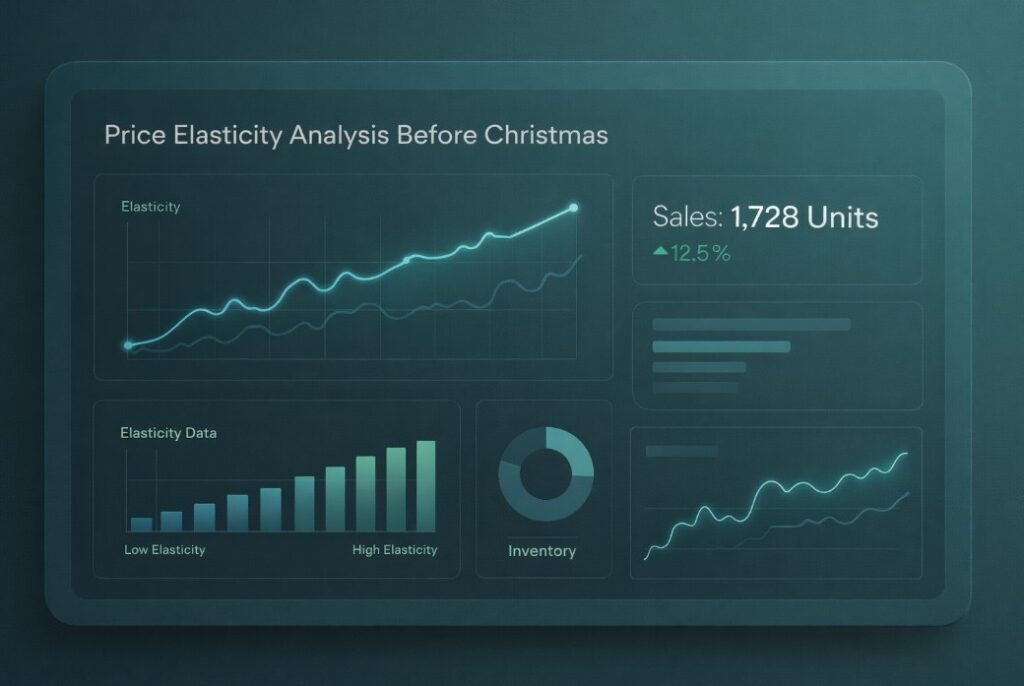
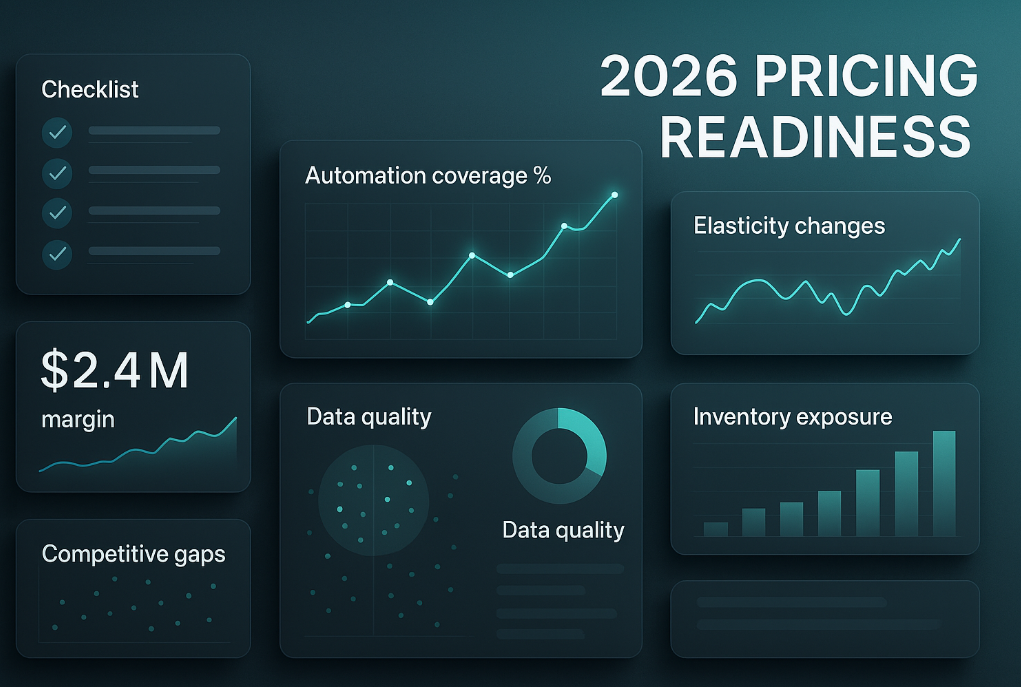
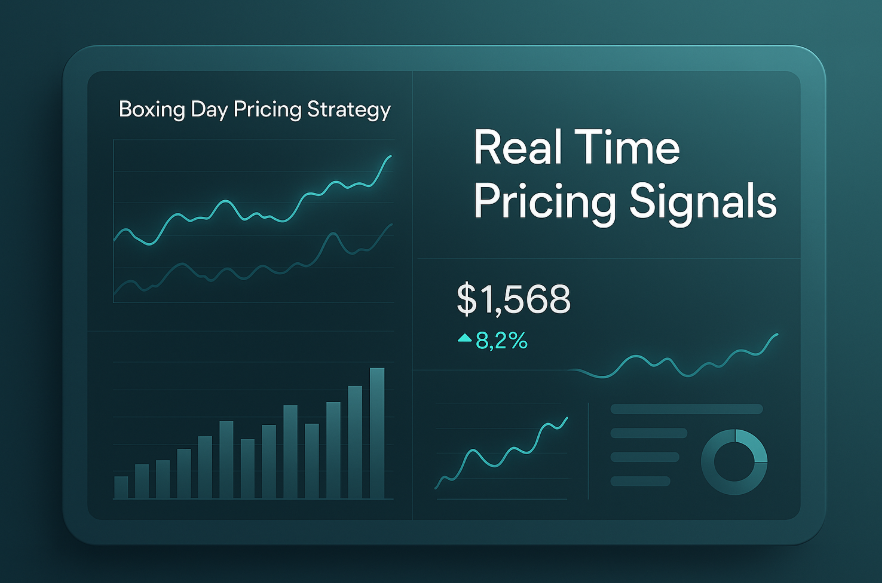
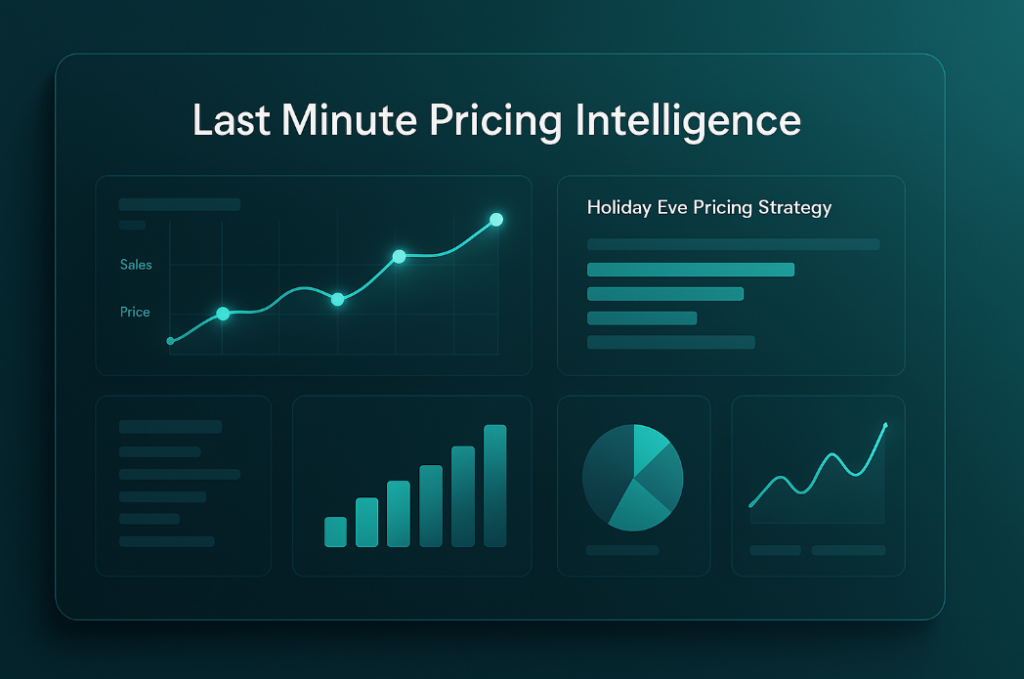

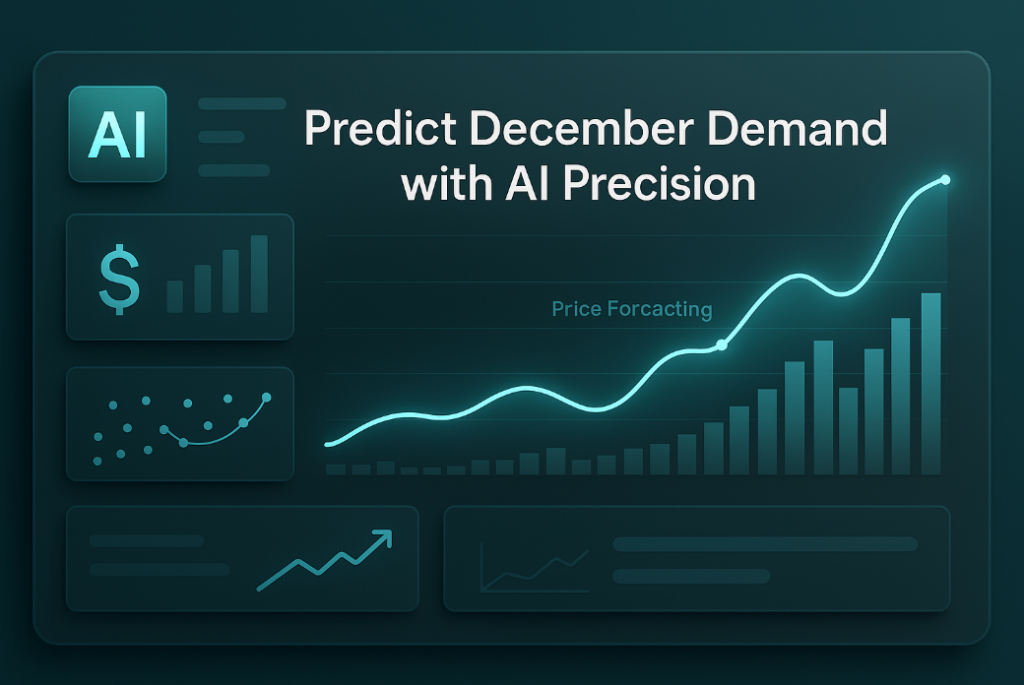
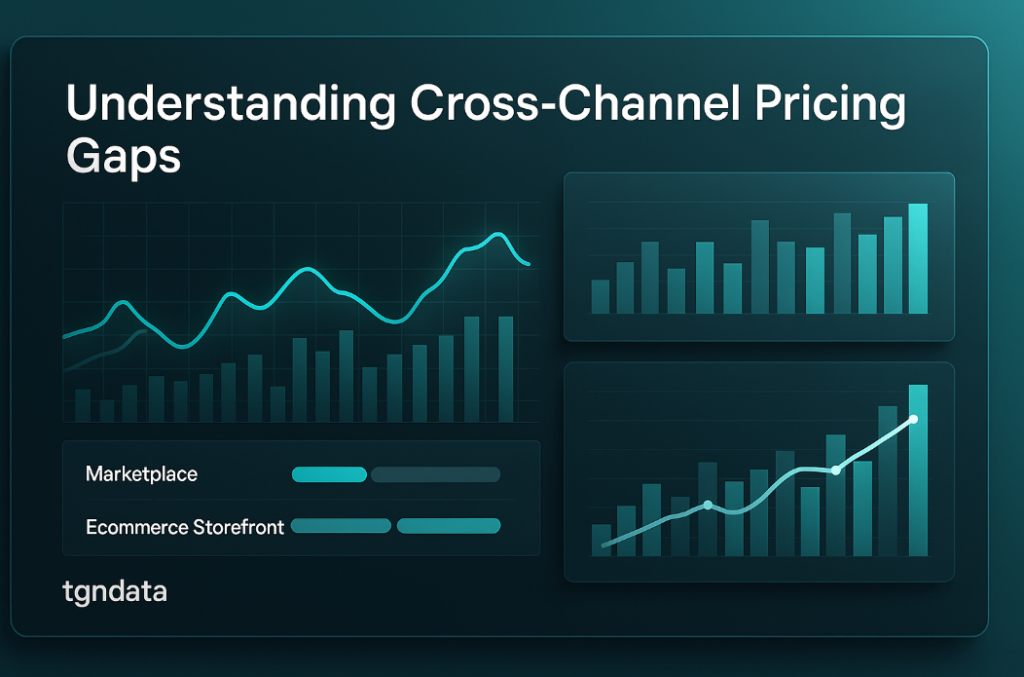






Missing an important marketplace?
Send us your request to add it!